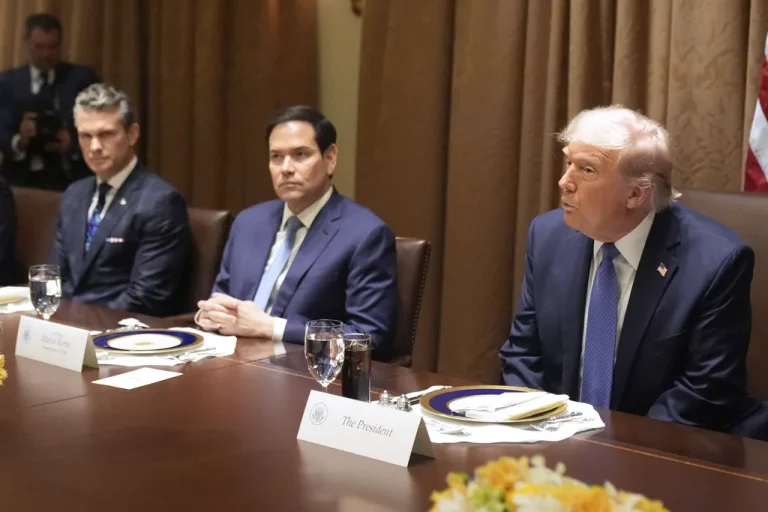Trump Administration Officials Embrace Real-Time Fact-Checking on Social Media
The second Trump administration has adopted an aggressive social media strategy, mirroring the former president’s combative approach to challenging narratives deemed unfavorable. Senior officials, including cabinet members and Vice President JD Vance, regularly take to X (formerly Twitter) to directly refute news reports, often labeling them as “fake news” or “disinformation,” and engage in public sparring with journalists. This direct, real-time engagement bypasses traditional press office interactions and signifies a shift in how the administration manages its public image.
This assertive tactic was evident following a Politico report suggesting the White House was considering lifting sanctions on Russian energy assets. Secretary of State Marco Rubio swiftly denounced the report as a “piece of fiction,” while Special Envoy to the Middle East Steve Witkoff dismissed it as “fake crap” on X. This rapid response underscores the administration’s commitment to controlling the narrative and challenging perceived inaccuracies immediately.
Vice President Vance has also actively participated in these online rebuttals. He publicly criticized a Politico legal affairs reporter, accusing him of ignoring facts in a case involving the deportation of an alleged MS-13 gang member. Vance framed the media coverage as a “propaganda operation” and presented his version of events, directly challenging the journalist’s reporting and the prevailing media narrative. These exchanges highlight the increasingly personalized nature of the administration’s media interactions.
This combative approach draws heavily from President Trump’s own social media tactics during his first term. Trump frequently used Twitter to target individual journalists and news organizations, often employing harsh language and personal attacks. His administration’s current strategy reflects a continuation of this trend, with officials proactively confronting unfavorable coverage and engaging directly with journalists on social media platforms. This dynamic creates a constant back-and-forth between the administration and the media, playing out in the public sphere.
Administration officials argue this proactive approach is necessary in the current media landscape. GOP strategist Ford O’Connell asserted that X is a primary hub for journalists and therefore a crucial platform for real-time fact-checking and narrative control. This perspective suggests the administration views social media as not just a communication tool but a critical battleground for shaping public opinion.
The administration’s aggressive social media strategy is not without its controversies. Secretary of Defense Pete Hegseth faced scrutiny over a CBS report about a Pentagon makeup studio. He vehemently denied the report on X, sparking a flurry of subsequent denials and rebuttals from his communications team. This incident prompted criticism and raised questions about the administration’s focus on seemingly minor details amidst broader policy challenges. Furthermore, former advisor Colin Carroll offered insights into Hegseth’s personality, describing a preoccupation with certain “weird details” that could lead to such strong reactions.
Stephen Miller, Deputy White House Chief of Staff, has emerged as another prominent voice in the administration’s online counter-offensive. He frequently uses X to challenge media reports he considers misleading, particularly on immigration issues. Miller’s strong online presence mirrors his assertive stance in public appearances and illustrates the administration’s commitment to defending its policies through direct engagement, often bypassing traditional media channels.
This direct engagement extends to White House press officials. Press Secretary Karoline Leavitt and Principal Deputy Communications Director Alex Pfeiffer actively use their official X accounts to challenge specific storylines, extending the reach of the press shop beyond the traditional briefing room. Leavitt labeled an NPR report about a potential cabinet reshuffle as “FAKE NEWS,” while Pfeiffer engaged in a public exchange with a liberal writer, accusing her of having a “memory of a goldfish.” These interactions demonstrate how the administration uses social media to extend its messaging and proactively shape the narrative around its actions and policies. The administration’s aggressive social media strategy reflects a broader trend towards direct engagement and real-time responses in the political arena, highlighting the evolving relationship between government, media, and the public.


